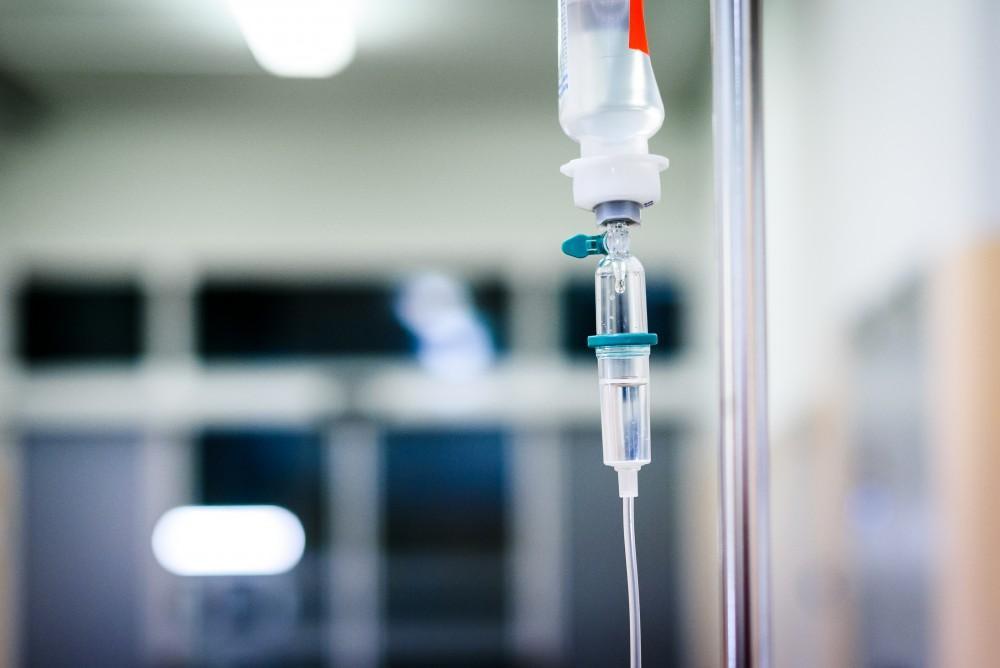What Is Chelation Therapy?
Chelation therapy is a medical treatment that involves the administration of chelating agents to remove heavy metals and other toxic substances from the body. Chelating agents are substances that bind to metals in the body and form a complex that can be excreted in the urine. Chelation therapy is most commonly used to treat heavy metal poisoning, such as lead poisoning, but it is also used as an alternative therapy for other conditions, such as heart disease.
In the context of heavy metal poisoning, chelation therapy is typically administered intravenously, although oral chelation therapy is also available. The chelating agent binds to the heavy metal ions in the bloodstream, allowing them to be excreted in the urine. Chelation therapy is often used in cases of acute heavy metal poisoning, such as lead poisoning in children, but it may also be used in cases of chronic exposure to lower levels of heavy metals.
In alternative medicine, chelation therapy has been proposed as a treatment for a variety of conditions, including atherosclerosis (hardening of the arteries), autism, and Alzheimer’s disease. However, there is limited scientific evidence to support the use of chelation therapy for these purposes, and it is not widely accepted as a standard treatment for these conditions.
Chelation therapy can be associated with side effects, including allergic reactions, kidney damage, and depletion of essential minerals from the body. It should only be administered under the supervision of a qualified healthcare provider who can monitor for potential side effects and ensure that the therapy is safe and appropriate for the individual.
What are the benefits of chelation therapy?
Chelation therapy is a medical procedure that involves the administration of chelating agents to remove heavy metals from the body. While it’s primarily used for treating heavy metal poisoning, some proponents claim it has other health benefits. However, the effectiveness and safety of these claims are not fully supported by scientific evidence. Here are some proposed benefits:
- Treatment of Heavy Metal Poisoning: Chelation therapy is most commonly used to treat heavy metal poisoning, such as lead, mercury, arsenic, and iron poisoning.
- Cardiovascular Health: Some proponents suggest that chelation therapy can improve heart health by removing calcium deposits from arteries, potentially reducing the risk of atherosclerosis (hardening of the arteries) and improving blood flow. However, studies on this are mixed, and more research is needed.
- Antioxidant Effects: Chelating agents have antioxidant properties, which may help reduce oxidative stress and inflammation in the body. This could potentially benefit conditions like Alzheimer’s disease, although more research is needed.
- Improved Kidney Function: Chelation therapy has been proposed as a way to improve kidney function by reducing the accumulation of heavy metals in the kidneys. However, more research is needed to support this claim.
- Autism Spectrum Disorder (ASD): Some alternative medicine practitioners suggest that chelation therapy can benefit children with autism by removing heavy metals that they claim are linked to the disorder. However, there is no strong scientific evidence to support this claim, and chelation therapy for ASD is not recommended by mainstream medical organizations.
It’s important to note that while chelation therapy can be beneficial for treating heavy metal poisoning under the supervision of a healthcare professional, its use for other purposes should be approached with caution due to potential risks and lack of strong scientific evidence supporting its efficacy. Always consult with a healthcare provider before undergoing any form of chelation therapy.
What are the risks of chelation therapy?
Chelation therapy, like any medical procedure, carries potential risks and side effects. These risks can vary depending on the specific chelating agent used, the method of administration, and individual health factors. Some of the risks associated with chelation therapy include:
- Low Levels of Essential Metals: Chelation therapy can remove essential metals along with toxic metals, leading to deficiencies that can cause serious health problems.
- Kidney Damage: Some chelating agents can be harmful to the kidneys, especially if not administered properly or in high doses.
- Allergic Reactions: Some individuals may be allergic to certain chelating agents, leading to allergic reactions that can range from mild to severe.
- Bone Marrow Suppression: Chelation therapy can sometimes suppress the bone marrow’s ability to produce new blood cells, leading to anemia and other blood-related disorders.
- Electrolyte Imbalance: Chelation therapy can disrupt the balance of electrolytes in the body, leading to complications such as irregular heartbeats and muscle spasms.
- Liver Damage: Some chelating agents can be toxic to the liver, especially if used in high doses or for an extended period.
- Hypocalcemia: Chelation therapy can cause a sudden drop in calcium levels in the blood, which can lead to muscle cramps, spasms, and even seizures.
- Infection: Like any medical procedure that involves injections or catheterization, chelation therapy carries a risk of infection at the injection site or in the bloodstream.
- Peripheral Neuropathy: Some chelating agents can cause nerve damage, leading to symptoms such as numbness, tingling, and weakness in the extremities.
- Gastrointestinal Symptoms: Chelation therapy can cause nausea, vomiting, diarrhea, and other gastrointestinal symptoms.
It’s important to discuss the potential risks and benefits of chelation therapy with a healthcare provider before undergoing treatment. Chelation therapy should only be administered by qualified healthcare professionals in a controlled medical setting to minimize the risks.




